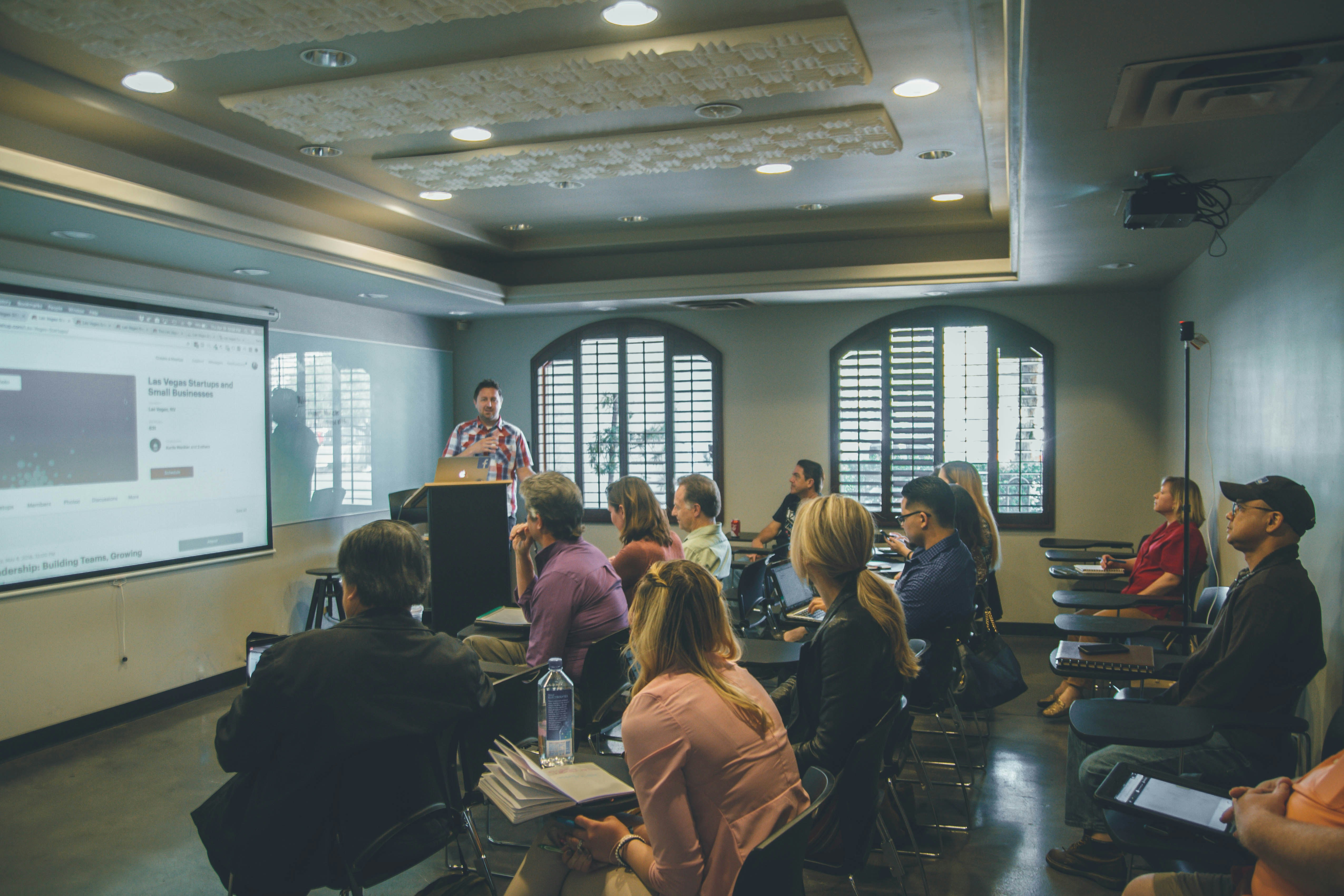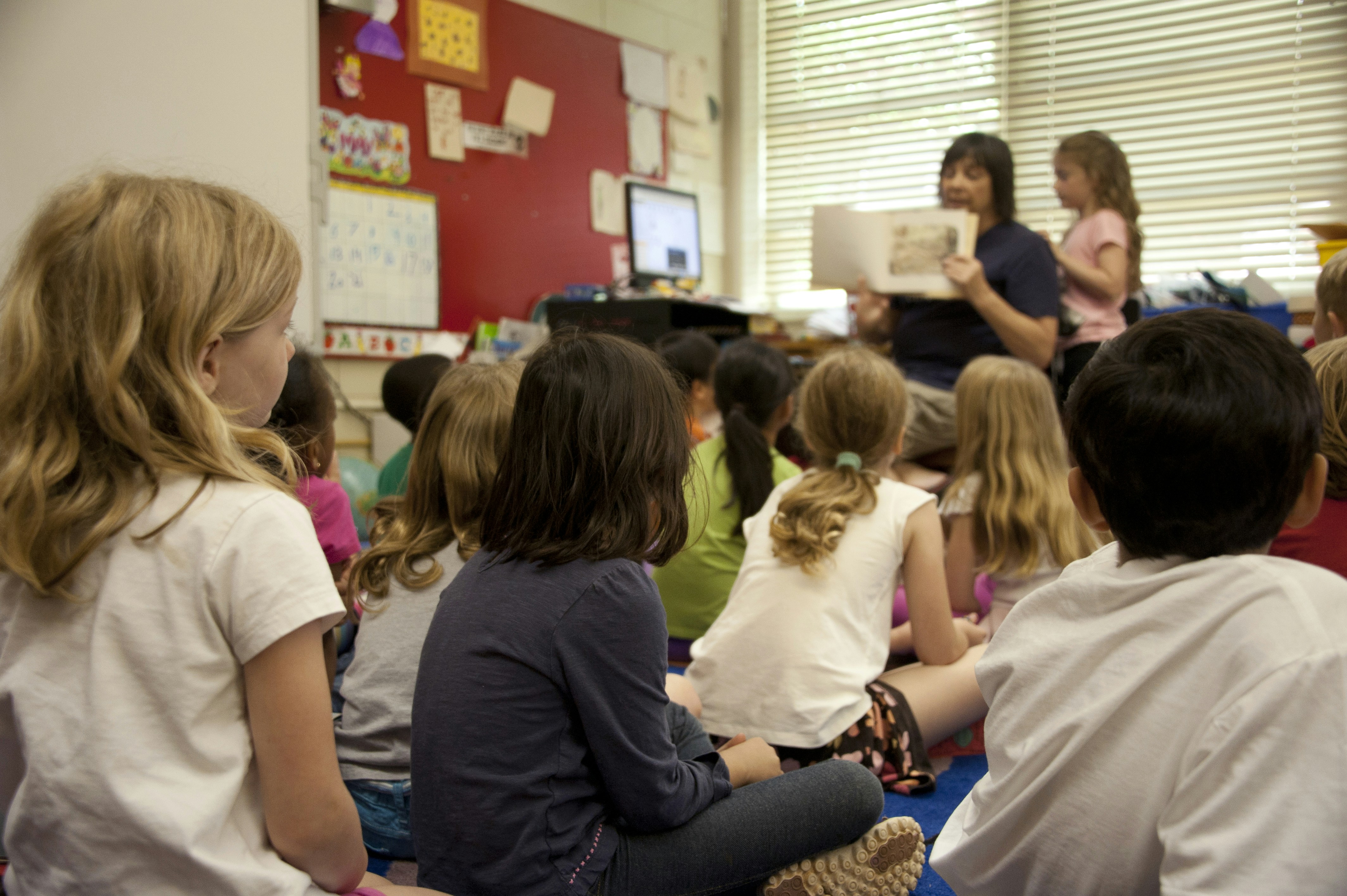TL;DR
A collaboration classroom reimagines education as a collective journey, prioritizing teamwork, communication, and shared problem-solving over traditional individual-focused learning. This guide delves into the core of collaborative learning in the classroom, defining its structured frameworks and the pivotal role of educators as facilitators. It examines the multifaceted benefits of such environments, including deeper knowledge retention, enhanced critical thinking, stronger social-emotional skills, increased student engagement, and preparation for workplace collaboration. Essential collaboration tools for students are categorized, with a focus on digital platforms, physical resources, hybrid solutions, and specialized tools like the Nearhub C45, which enhances audio and video interaction. The guide also provides a comprehensive, step-by-step process for building a collaboration classroom, from assessing space and resources to integrating tools and establishing norms. Challenges such as managing group dynamics and technology barriers are addressed, alongside case studies demonstrating successful implementations. Ultimately, the guide underscores that a collaboration classroom is more than a physical space—it is a mindset that nurtures the collaborators and leaders of tomorrow.
Introduction: What is a Collaboration Classroom?
Imagine a classroom where students aren’t passive listeners but active contributors—where desks are arranged in clusters, ideas flow freely across groups, and a teacher acts as a guide rather than a sole source of knowledge. This is the vision of a collaboration classroom: a dynamic space designed to prioritize teamwork, communication, and shared problem-solving. Unlike traditional classrooms centered on individual work, a collaboration classroom reimagines learning as a collective journey, preparing students for the collaborative demands of the modern workforce. In this guide, we’ll break down how to design, implement, and thrive in such an environment, exploring the core of collaborative learning in the classroom, the benefits of a collaboration classroom, and essential collaboration tools for students.
Understanding Collaborative Learning in the Classroom
At its heart, collaborative learning in the classroom is more than just “group work.” It’s a structured approach where students work together toward a common goal, each contributing unique skills and perspectives. Unlike unstructured group activities, which may leave some members doing the bulk of the work, collaborative learning is intentional: roles are clear, accountability is shared, and success depends on collective effort.
Key frameworks that underpin collaborative learning in the classroom include:
● Project-Based Learning (PBL): Students collaborate on long-term projects that require research, critical thinking, and creative problem-solving.
● Peer Teaching: Learners take turns explaining concepts to one another, reinforcing their own understanding while supporting peers.
● Think-Pair-Share: A quick activity where students reflect individually, discuss with a partner, then share with the class—building confidence before group work.
● Collaborative Problem-Solving: Teams tackle complex questions like “How can we reduce plastic waste in our school?” by brainstorming, delegating tasks, and presenting solutions.
Educators play a pivotal role here. Instead of lecturing, they facilitate: modeling effective communication, mediating conflicts, and designing activities that require interdependence. For example, a math teacher might assign a problem with multiple steps, ensuring each group member is responsible for one step—making collaboration essential to solving the whole equation.

Benefits of a Collaboration Classroom
The benefits of a collaboration classroom extend far beyond better grades; they shape well-rounded individuals prepared for life beyond school. Here’s a breakdown of key advantages:
Academic Benefits
● Deeper Knowledge Retention: When students explain ideas to peers, they reinforce their own understanding—a phenomenon known as the “teaching effect.”
● Enhanced Critical Thinking: Debating perspectives and solving problems as a group encourages students to question assumptions and consider alternative approaches.
● Improved Communication Skills: Articulating ideas, listening to others, and negotiating solutions become second nature, strengthening verbal and written expression.
Social-Emotional Benefits
● Stronger Empathy: Working with diverse peers helps students appreciate different backgrounds, learning styles, and viewpoints.
● Increased Confidence: Shy or struggling students often feel safer contributing in small groups, building self-esteem over time.
● Better Conflict Resolution: Disagreements are inevitable, but collaborative environments teach students to address issues respectfully and find compromises.
Engagement and Motivation
● Higher Participation: Students are more likely to stay focused when they feel their input matters. A study by the University of McGill found that collaborative learning environments increased student engagement by 40% compared to traditional setups.
● Ownership of Learning: When students co-create knowledge, they feel invested in outcomes—reducing apathy and boosting motivation.
Long-Term Professional Benefits
● Teamwork Proficiency: Employers consistently rank teamwork as a top skill, and collaboration classroom experiences directly build this competency.
● Adaptability: Collaborating with diverse groups teaches students to adapt to different working styles—critical in global workplaces.
Essential Collaboration Tools for Students
The right tools can make or break a collaboration classroom. They should simplify communication, streamline workflow, and accommodate different learning styles. Below is a curated list of collaboration tools for students, categorized by use case:
Digital Collaboration Platforms
Tool | Primary Use Case | Key Features |
Document collaboration, sharing | Real-time editing, comment threads, cloud storage, and seamless integration with Google Meet. | |
Team projects, presentations | Co-authoring in Word/Excel, OneDrive sharing, and Microsoft Teams for video calls. | |
Visual brainstorming, mind mapping | Digital whiteboards with sticky notes, diagrams, and templates for group ideation. | |
Group communication | Channel-based messaging, file sharing, and integrations with other tools. | |
Enhancing audio/video interaction | 2K ultra HD camera with 120° ultra-wide angle, high-fidelity loudspeaker, AI-powered auto framing, 5x digital zoom. |
Physical Tools for In-Person Collaboration
● Flexible Seating: Modular desks, bean bags, chairs or floor cushions allow students to rearrange spaces for group work.
● Interactive Displays: Smartboards or projectors where groups can present work and annotate in real time.
● Collaboration Station Kits: Portable caddies with markers, sticky notes, chart paper, and timers to keep groups organized.
Hybrid Collaboration Tools (In-Person + Remote)
● Zoom Breakout Rooms: Split classes into small groups, with teachers hopping between rooms to check progress.
● Padlet: A digital bulletin board where in-person and remote students can post ideas, links, or images.
● Kahoot: A game-based tool for collaborative quizzes, with teams competing in real time—whether in the classroom or online.
How to Choose the Right Tools
When selecting collaboration tools for students, consider:
● Accessibility: Do all students have devices or internet access? Opt for low-tech backups such as paper-based activities if needed.
● Ease of Use: Tools should be intuitive—avoid overly complex platforms that distract from learning.
● Alignment with Goals: A brainstorming activity may need Miro, while a writing project might work better with Google Docs.

Step-by-Step Guide to Building Your Collaboration Classroom
Creating a collaboration classroom is a process, not an overnight transformation. Follow these steps to ensure success:
1. Assess Your Space and Resources
● Audit the Physical Environment: Measure your classroom to determine how to arrange furniture for group work. Can you create 4–6 person clusters? Is there space for a “presentation corner”?
● Inventory Tech and Supplies: Do you have enough devices for group use? Stock up on physical tools like markers, chart paper if needed.
● Survey Students: Ask what types of activities they enjoy such as debates, art projects to tailor your setup to their interests.
2. Design a Flexible Layout
● Zone the Classroom: Create distinct areas: a collaboration zone for group work, a quiet zone for individual tasks, and a presentation zone for sharing outcomes.
● Prioritize Mobility: Use lightweight, stackable furniture so students can rearrange spaces quickly. For example, foldable tables make it easy to switch from whole-class to small-group settings.
● Incorporate Visual Cues: Post signs to help students navigate the space intentionally.
3. Integrate Tools Strategically
● Start Small: Introduce 1–2 tools at a time to avoid overwhelming students. For example, begin with Google Docs for collaborative writing before adding Miro for brainstorming.
● Teach Tool Literacy: Dedicate 10–15 minutes to demonstrate how to use new tools. Have students practice in pairs to build confidence.
● Create Tool Kits: For younger students, assemble physical toolkits with step-by-step guides.
4. Establish Norms and Expectations
● Co-Create Rules: Work with students to define “collaboration norms,” such as “Listen without interrupting” or “Everyone contributes at least one idea.”
● Model Behavior: Demonstrate active listening and constructive feedback.
● Address Accountability: Use role cards to ensure equal participation. Rotate roles weekly so students practice different skills.
5. Train Educators and Students
● Professional Development: Teachers should practice facilitating collaborative activities. Workshops on conflict resolution or group dynamics can help address challenges.
● Student Leadership: Train a few students as “collaboration mentors” to help peers troubleshoot tools or resolve minor conflicts.

Overcoming Challenges in a Collaboration Classroom
Even the best-designed collaboration classroom faces hurdles. Here’s how to tackle common issues:
Managing Group Dynamics
● Unequal Participation: Use “round-robin” sharing, where each student takes a turn speaking, to prevent dominant voices from overshadowing others.
● Conflicts: Teach a “3-step resolution” process: 1) State the problem calmly, 2) Listen to the other person’s perspective, 3) Brainstorm solutions together.
● Off-Task Behavior: Set clear time limits for activities and use timers. Check in with groups every 5–10 minutes to redirect focus.
Technology Barriers
● Device Shortages: Pair students with devices with those without, or alternate between digital and physical activities (e.g., use paper for brainstorming one day, Miro the next).
● Technical Glitches: Have backup plans, such as printed worksheets or offline games, in case tools fail.
Balancing Collaboration and Individual Work
● Blend Formats: Alternate between group tasks and individual reflection. For example, after a group project, ask students to write a short reflection on their role and learning.
● Differentiate Roles: Assign roles based on strengths, for example, a detail-oriented student could be the recorder, while a creative student leads brainstorming.
Evaluating Success
● Formative Assessments: Observe group interactions, review collaborative documents, or ask students to rate their team’s effectiveness using a simple rubric.
● Feedback Loops: Hold monthly “collaboration check-ins” where students share what’s working and what needs improvement. Adjust your approach based on their input.

Case Studies: Successful Collaboration Classrooms in Action
Case Study 1: Middle School Science Classroom
A 7th-grade science teacher in Texas transformed her classroom into a collaboration classroom by:
1. Rearranging desks into pods of 4, each with a whiteboard and supply caddy.
2. Using Google Classroom for shared lab reports and Miro for planning experiments.
3. Implementing weekly “team challenges,” where groups designed solutions to real-world problems like building a water filtration system.
Result: Student test scores improved by 25% over the semester, and surveys showed a 60% increase in students reporting “feeling excited about science.”
Case Study 2: High School English Remote Collaboration
A high school English teacher in California used hybrid tools to foster collaborative learning in the classroom during remote instruction:
(1) Using Zoom Breakout Rooms for literature circle discussions.
(2) Assigning Padlet for collaborative poetry projects, where students added lines to a shared poem.
(3) Hosting weekly “virtual gallery walks” to present group work.
Result: Even in remote settings, 85% of students reported feeling “connected to their peers” and “more confident sharing ideas” compared to traditional remote lectures.

Conclusion: Embracing the Future of Collaborative Learning
A collaboration classroom is more than a physical space—it’s a mindset that prioritizes community, curiosity, and collective growth. By leveraging the benefits of a collaboration classroom, integrating effective collaboration tools for students, and centering collaborative learning in the classroom, educators can prepare students not just for exams, but for a world where teamwork and adaptability are key.
Remember, building such a classroom is a journey. Start small, iterate based on feedback, and celebrate progress—whether it’s a shy student speaking up in a group or a team solving a problem they couldn’t tackle alone. The effort is worth it: you’re not just teaching content—you’re nurturing the collaborators, innovators, and leaders of tomorrow.









